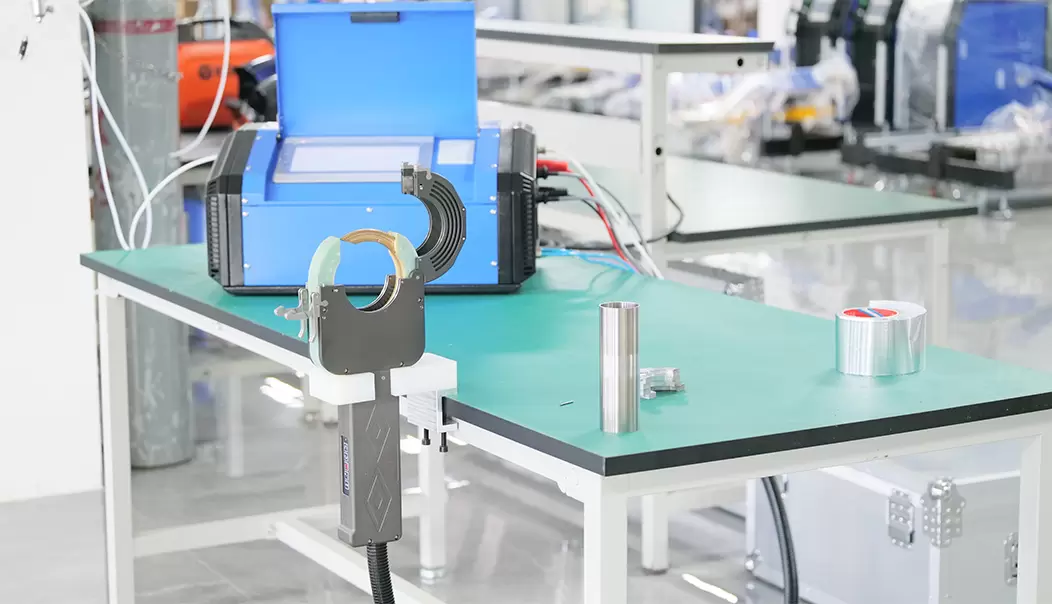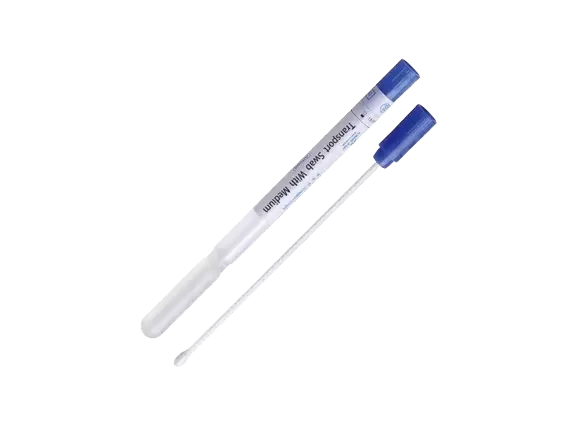When it comes to the efficiency and longevity of heat exchangers, the choice of piping material is paramount. Heat exchangers are critical components in various industries, including HVAC, chemical processing, and power generation. They facilitate the transfer of heat between two or more fluids, and the performance of these systems can be significantly influenced by the type of pipe used. In this article, we will explore the best pipe materials for heat exchangers, considering factors such as thermal conductivity, corrosion resistance, cost-effectiveness, and application-specific requirements.
Understanding Heat Exchanger Requirements
Before delving into specific materials, it is essential to understand the operational conditions of heat exchangers. Key factors include:
- Temperature and Pressure: The operating temperature and pressure of the fluids involved dictate the mechanical properties required from the pipe material.
- Fluid Characteristics: The nature of the fluids—whether they are corrosive, viscous, or contain particulates—will influence material selection.
- Thermal Conductivity: Efficient heat transfer is crucial; thus, materials with high thermal conductivity are often preferred.
- Longevity and Maintenance: The expected lifespan of the heat exchanger and the maintenance requirements should also be considered.
Common Pipe Materials for Heat Exchangers
- Copper
Copper is renowned for its excellent thermal conductivity, making it a popular choice for heat exchangers, especially in residential and commercial HVAC systems. Its thermal conductivity is approximately 401 W/m·K, which allows for efficient heat transfer. Additionally, copper has inherent antimicrobial properties, making it suitable for applications involving potable water. However, copper is susceptible to corrosion in certain environments, particularly in the presence of chlorides, which can limit its use in some industrial applications.
- Stainless Steel
Stainless steel is another widely used material for heat exchanger piping, particularly in the food and beverage, pharmaceutical, and chemical industries. Its corrosion resistance, especially in acidic and alkaline environments, makes it a versatile choice. The most common grades used are 304 and 316 stainless steel, with 316 offering superior resistance to pitting and crevice corrosion. While stainless steel has lower thermal conductivity (around 16 W/m·K) compared to copper, its durability and resistance to high temperatures and pressures often outweigh this disadvantage.
- Carbon Steel
Carbon steel is a cost-effective option for heat exchangers, particularly in applications where high temperatures and pressures are not a concern. It is commonly used in power generation and oil and gas industries. However, carbon steel is prone to corrosion, especially in the presence of moisture and certain chemicals. To mitigate this, carbon steel pipes are often coated or lined with corrosion-resistant materials. While its thermal conductivity (approximately 50 W/m·K) is lower than that of copper, it is still adequate for many applications.
- Aluminum
Aluminum is gaining popularity in heat exchanger applications due to its lightweight nature and good thermal conductivity (around 235 W/m·K). It is particularly favored in automotive and aerospace applications where weight reduction is critical. However, aluminum is more susceptible to corrosion than copper or stainless steel, particularly in marine environments. Protective coatings or anodization can enhance its corrosion resistance, making it a viable option for specific applications.
- Titanium
For highly corrosive environments, titanium is often the material of choice. Its exceptional resistance to corrosion and high strength-to-weight ratio make it ideal for applications in chemical processing and marine environments. Titanium pipes can withstand extreme temperatures and pressures, but they come at a significantly higher cost compared to other materials. Its thermal conductivity (around 21 W/m·K) is lower than that of copper and aluminum, but its other properties often justify its use in specialized applications.
Factors Influencing Material Selection
When selecting the best pipe for a heat exchanger, several factors must be considered:
- Cost: While initial material costs are important, long-term maintenance and replacement costs should also be factored in.
- Thermal Efficiency: The ability of the material to conduct heat efficiently can impact the overall performance of the heat exchanger.
- Corrosion Resistance: The environment in which the heat exchanger operates will dictate the level of corrosion resistance required.
- Mechanical Properties: The material must withstand the operational pressures and temperatures without deforming or failing.
Conclusion
Choosing the best pipe for a heat exchanger is a multifaceted decision that requires careful consideration of various factors, including thermal conductivity, corrosion resistance, cost, and specific application requirements. Copper and stainless steel remain the most popular choices due to their balance of performance and durability, while materials like titanium and aluminum offer specialized benefits for certain applications. Ultimately, understanding the operational environment and the characteristics of the fluids involved will guide you in selecting the optimal piping material for your heat exchanger, ensuring efficient and reliable performance for years to come.



More Stories
Orbital Welding Machines for Precision Welding in Oil & Gas Industry
Copper Clad Steel Strand Wire for Solar Farm: Grounding Solution Balances Strength, Conductivity, and Cost
Kaisen: Leading Cyclone Separator Manufacturer Offers High Efficiency at Affordable Prices